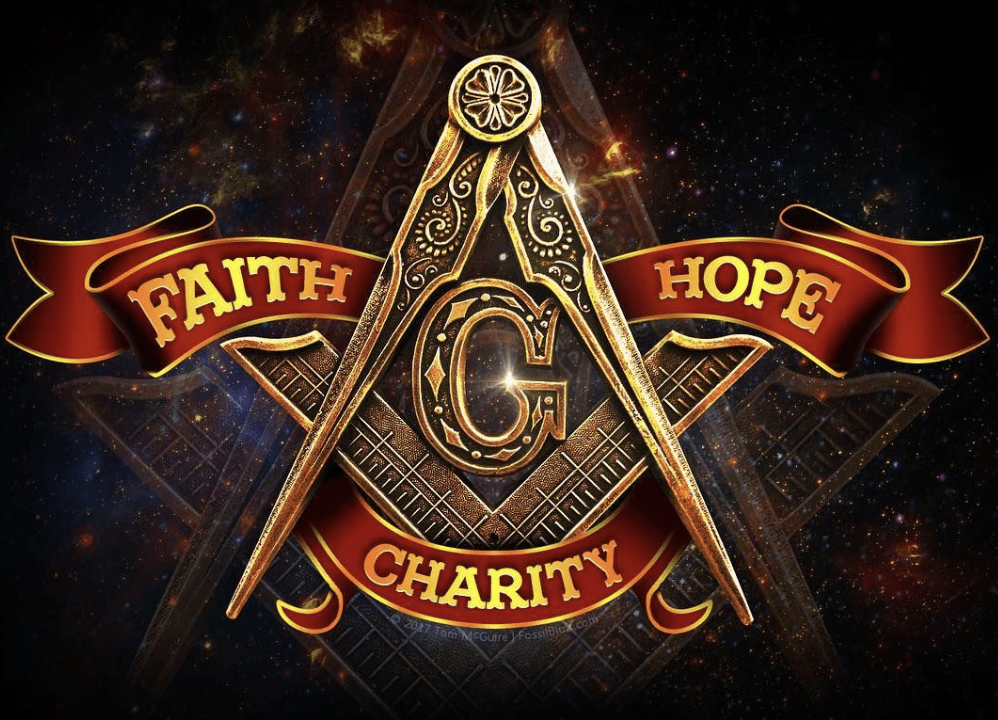American Freemasons who played a significant role in shaping the history of the USA.
Freemasonry is a fraternal organization that has counted numerous influential individuals among its members throughout history. However, it's important to note that membership in Freemasonry is often a private matter, and not all Freemasons' affiliations are widely known or documented. Freemasonry doesn't imply any specific beliefs or affiliations beyond its fraternal and charitable elements. Throughout the history of the United States, Freemasons have played a significant role in shaping the nation's major events, from its founding to the present day. Here are some famous American Freemasons throughout history.
George Washington: The Freemason's Legacy
George Washington, the revered Founding Father and the first President of the United States, is not only known for his pivotal role in the birth of a nation but also for his membership in the Freemasons. Washington's affiliation with Freemasonry sheds light on an intriguing aspect of his life, highlighting his commitment to brotherhood, morality, and enlightenment principles.
George Washington's journey into Freemasonry began in the mid 18th century when he was initiated into the Fredericksburg Lodge No. 4 in Virginia in 1752. Over time, he ascended through the ranks, becoming a Master Mason in 1753. His association with the Masonic fraternity profoundly influenced both his personal character and his approach to leadership.
Freemasonry's focus on brotherhood and ethics influenced George Washington's leadership style during the American Revolution and his presidency. The fraternity's emphasis on virtues and Enlightenment ideals of reason, knowledge, and individual rights informed his dedication to integrity, democracy, and religious tolerance. Washington's legacy as a Freemason inspires those seeking to understand the values that shaped the United States.
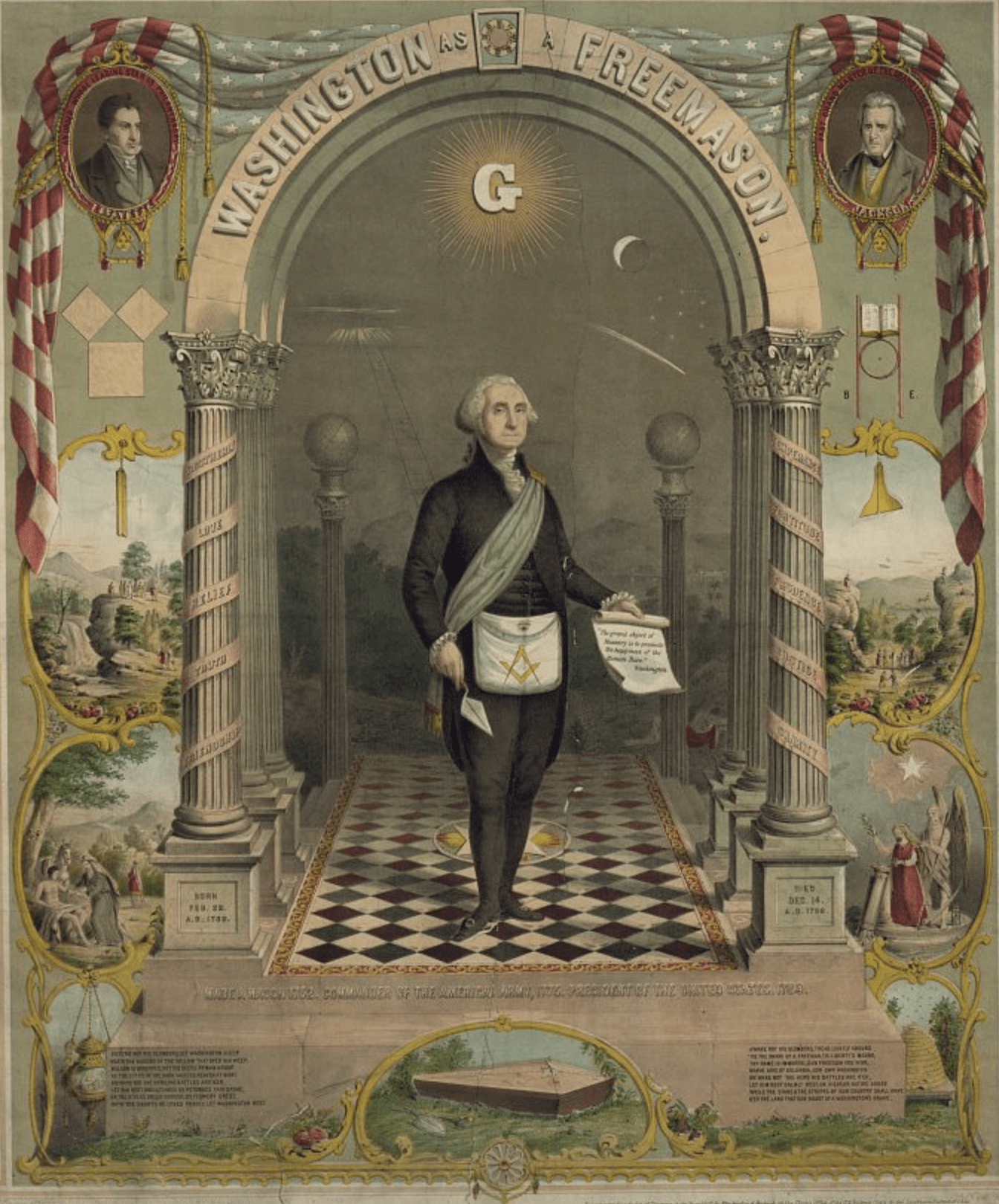
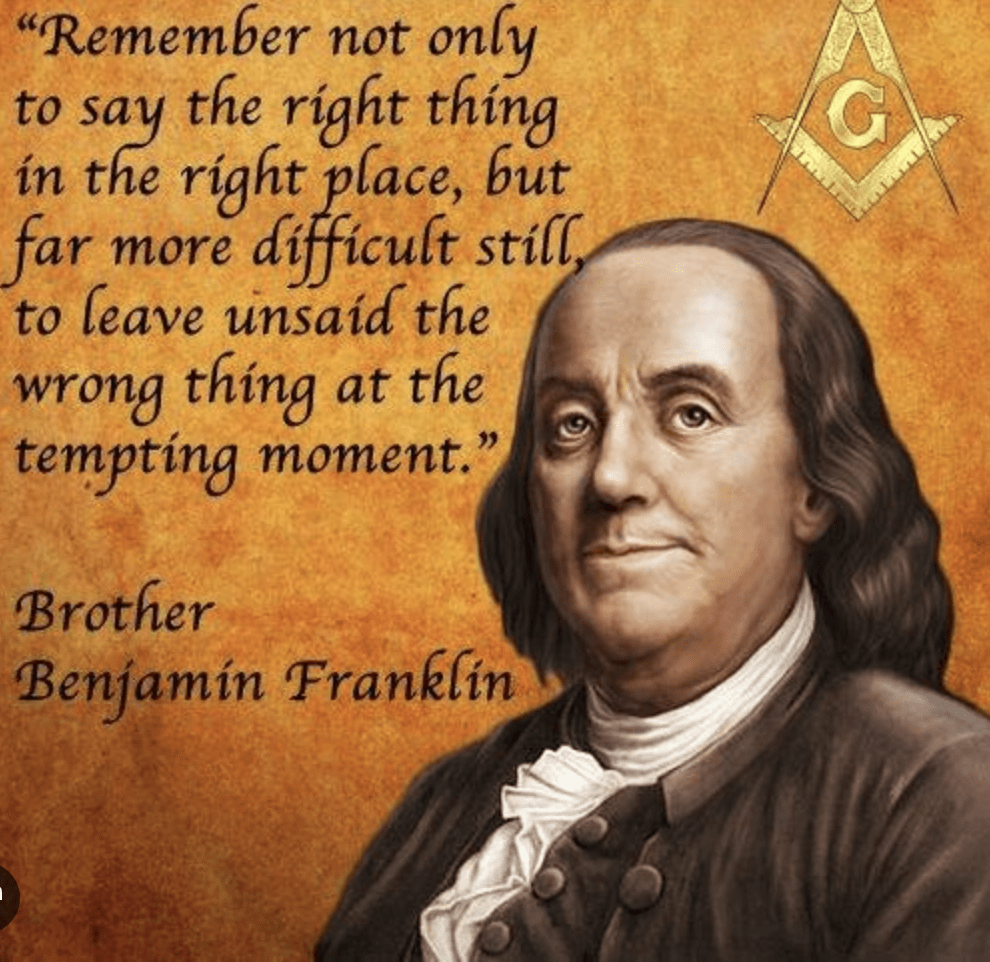
Benjamin Franklin: Illuminating Freemasonry's Influence
Benjamin Franklin, one of the most distinguished Founding Fathers of the United States, is not only celebrated for his scientific discoveries and contributions to American independence but also for his active membership in the Freemasons.
Benjamin Franklin's initiation into the fraternity of Freemasonry occurred in 1731 when he joined the St. John's Lodge in Philadelphia. Throughout his life, he actively participated in various Masonic lodges, eventually attaining the rank of Grand Master of the Grand Lodge of Pennsylvania in 1734.
Franklin was influenced by Enlightenment principles and Freemasonry, which emphasized intellectual inquiry, scientific research, community, altruism, and moral virtue. His philanthropic work included establishing libraries and fire departments, and his "13 Virtues" aligned with the moral teachings of Freemasonry, which he saw as a means for self improvement.
John Hancock: A Masonic Legacy in the Birth of a Nation
John Hancock, a prominent figure in the early years of the United States and the President of the Second Continental Congress, was not only known for his bold signature on the Declaration of Independence but also for his membership in the Freemasons. John Hancock's journey into Freemasonry began when he was initiated into the Masonic Lodge of St. Andrew in Boston in 1762. Over time, he rose through the ranks, becoming the Grand Master of Masons in Massachusetts in 1769.
John Hancock was dedicated to American independence and believed in justice and liberty, which aligned with Freemasonry's moral teachings. As a leader in the revolution, he embodied these values and his membership in the Freemasons sheds light on his contributions to the founding of the United States. His involvement in Freemasonry highlights his devotion to fraternity, morality, and civic responsibility.
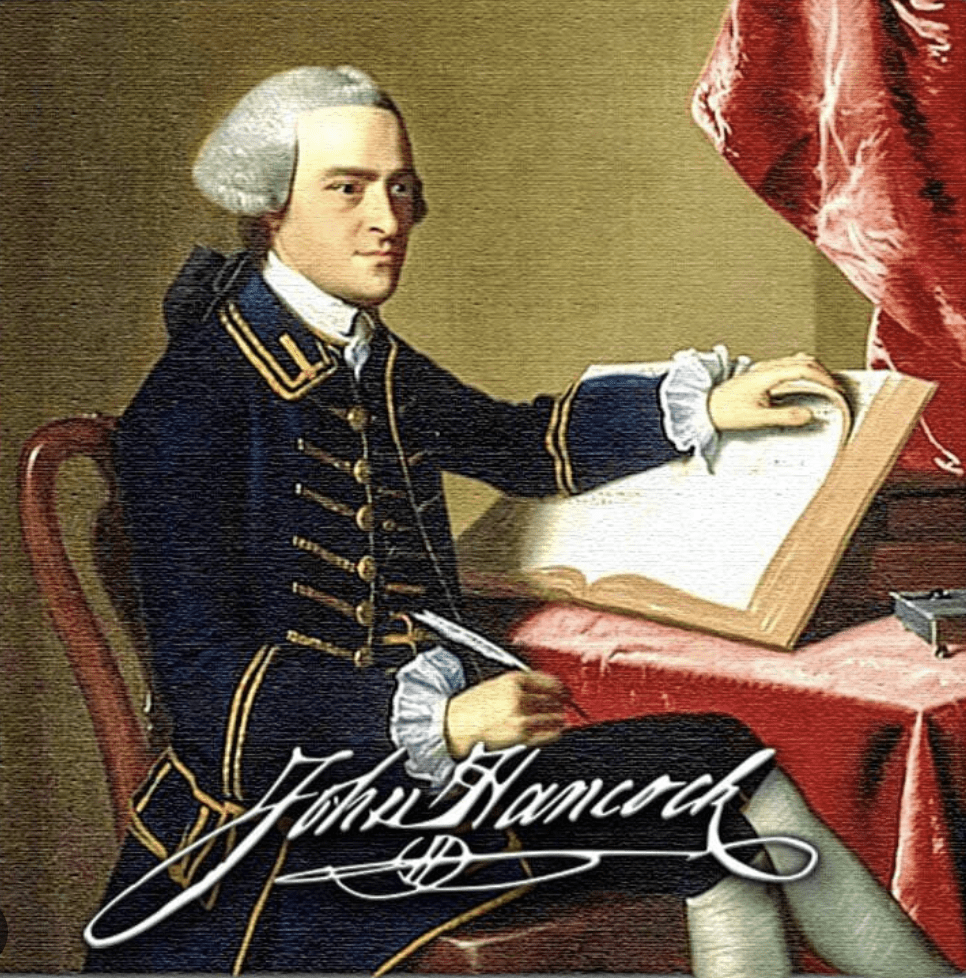
Paul Revere: A Freemason and Patriot's Illuminating Journey
Paul Revere, celebrated as a patriot and one of the key figures in the American Revolution known for his midnight ride. Paul Revere's initiation into Freemasonry occurred when he joined the St. Andrew's Lodge in Boston in 1760. Over the years, he became an active member of the Masonic fraternity, embodying its core values and contributing significantly to its ideals. Paul Revere's commitment to civic engagement was evident not only through his participation in the Boston Tea Party but also in his various roles, including serving as a firefighter and engraving the famous Revere Bowl for his community. These acts of service were in harmony with the principles of Freemasonry.
Paul Revere was a significant figure in both the Masonic and revolutionary communities during a crucial time in American history. His influence extended beyond his famous ride and showcased the connection between Freemasonry and the values of influential figures during the nation's founding.
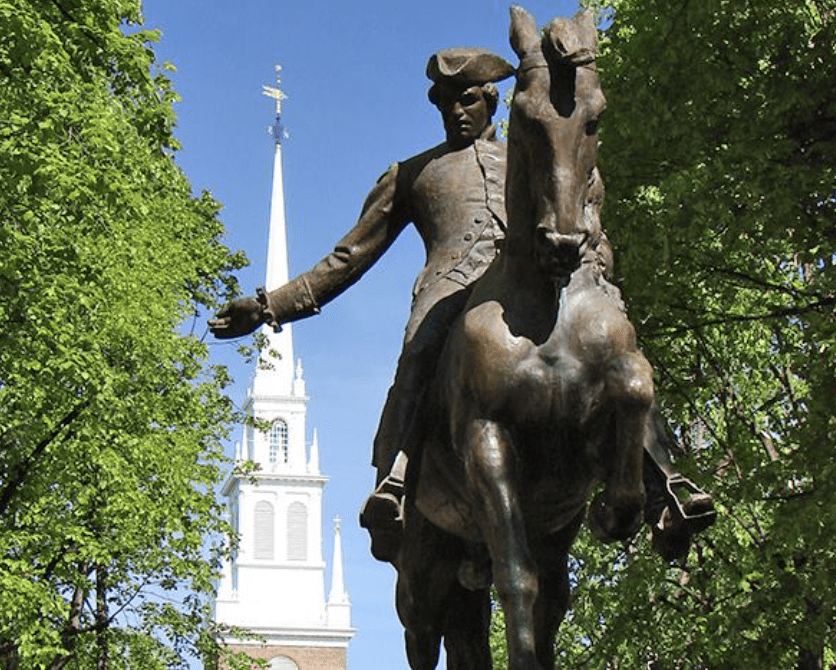
John Paul Jones: The Sea Captain and Freemason
John Paul Jones, an iconic figure in American naval history and a hero of the American Revolution, known for his daring naval exploits. John Paul Jones's initiation into Freemasonry occurred in 1770 when he joined the Saint Bernard Lodge in Kirkcudbright, Scotland. His relentless pursuit of victory against the British Navy and his famous declaration, "I have not yet begun to fight!" during the Battle of Flamborough Head, exemplified his dedication to the American cause.
While he is celebrated for his daring naval exploits and contributions to American independence, his involvement in Freemasonry underscores his commitment to principles of brotherhood, honor, and patriotism. John Paul Jones remains an enduring symbol of courage, honor, and dedication to the principles he held dear, both on the high seas and within the Masonic fraternity.
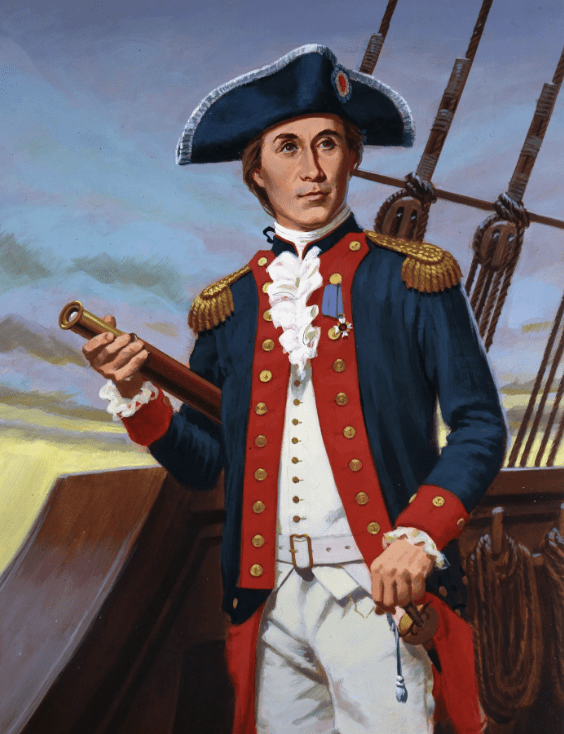
It is important to mention that although these famous people were recognized members of the Freemason society, being part of the group does not necessarily indicate any specific beliefs or connections beyond the fraternal and charitable aspects of Freemasonry. Furthermore, the details of Freemasonry and its participants are not always complete or agreed upon by everyone.
end of Part 2.1
to be continued...
bro.k.u.10.06.23
